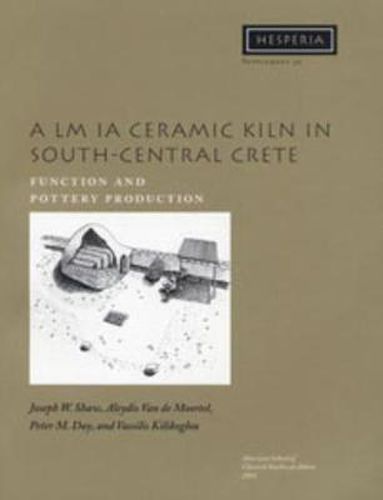Readings Newsletter
Become a Readings Member to make your shopping experience even easier.
Sign in or sign up for free!
You’re not far away from qualifying for FREE standard shipping within Australia
You’ve qualified for FREE standard shipping within Australia
The cart is loading…






An in-depth study of the Late Minoan IA cross-draft kiln found in excavations at Kommos, Crete. The kiln is of a type popular during the Neopalatial period, and its good state of preservation has allowed the authors to speculate about its original internal layout and use, as well as about the roof that covered it. Much of the large quantity of pottery found associated with the kiln is analyzed in detail, allowing for the first time the study of the shapes, decoration, and technical characteristics of vases known to have been fired in a specific LM IA kiln. The book presents an integrated program of analytical techniques used to illustrate the range of firing temperatures, the compositional similarities and differences in the clays used, and aspects of the firing process and the upper kiln structure. Offered here is a valuable contribution to our knowledge of the technology and organization of ceramic production at the beginning of the Late Minoan period, which will form a basis for studies of pottery provenience and exchange.
$9.00 standard shipping within Australia
FREE standard shipping within Australia for orders over $100.00
Express & International shipping calculated at checkout
An in-depth study of the Late Minoan IA cross-draft kiln found in excavations at Kommos, Crete. The kiln is of a type popular during the Neopalatial period, and its good state of preservation has allowed the authors to speculate about its original internal layout and use, as well as about the roof that covered it. Much of the large quantity of pottery found associated with the kiln is analyzed in detail, allowing for the first time the study of the shapes, decoration, and technical characteristics of vases known to have been fired in a specific LM IA kiln. The book presents an integrated program of analytical techniques used to illustrate the range of firing temperatures, the compositional similarities and differences in the clays used, and aspects of the firing process and the upper kiln structure. Offered here is a valuable contribution to our knowledge of the technology and organization of ceramic production at the beginning of the Late Minoan period, which will form a basis for studies of pottery provenience and exchange.